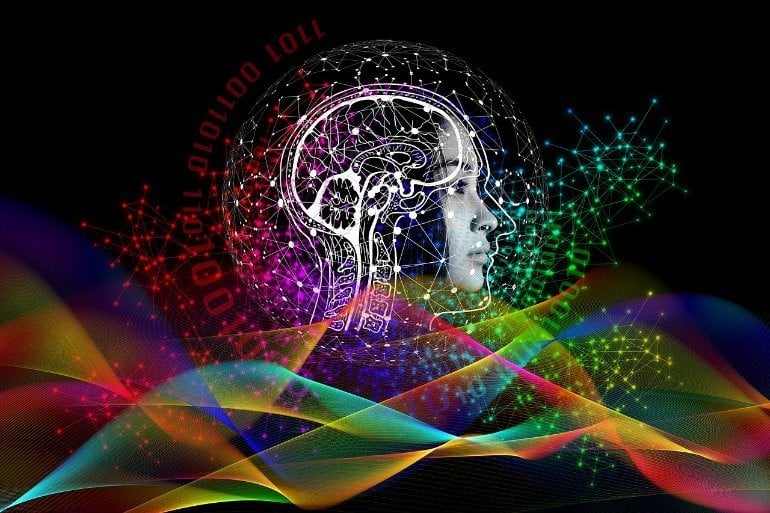Decode the brain and read thoughts in a scientific way

Decode the brain and read thoughts in a scientific way
Decode the brain and read thoughts in a scientific way
In an intriguing discovery, a new study shows that mind-reading technology can now transcribe people's thoughts in real time based on the blood flow in their brains, according to Nature Neuroscience.
Brain decoder
The study's experiments included placing 3 people in MRI machines to measure the speed of blood flow, while listening to what was going on in their brains of thoughts and interpreting it with a "decoder", which includes a computer model to interpret people's brain activity and language processing technology similar to ChatGPT to help. in creating potential words.
Indeed, the new technology succeeded in reading the main points of what was going on in the minds of the participants. Although the reading is not 100% identical, it is the first time of its kind, according to the University of Texas researchers, that a circulating text, rather than just individual words or sentences, has been produced without the use of a brain implant.
mental privacy
However, the new breakthrough raises concerns about "mental privacy", as it could be the first step in being able to eavesdrop on the thoughts of others, especially since the technology was able to interpret what each participant who watched silent films or imagined that he was telling a story was seeing.
But the researchers explain that it took 16 hours of training, with people listening to podcasts while in an MRI machine, that the computer program was able to understand their brain patterns and interpret what they were thinking.
Abuse
In the context, the lead researcher of the study from the University of Texas at Austin, Jerry Tang, said that he cannot give a “false sense of security” that technology may not have the ability to eavesdrop on people’s thoughts in the future, pointing out that technology can eavesdrop on ideas in the future. Especially since it is "misused" now.
He also added: “We take very seriously the concerns that it could be used for bad purposes. And we want to take a lot of time going forward to try to avoid that.”
He also expressed his belief that “at the present time, while technology is in such an early state, it is important to be proactive and start, for example, by enacting policies that protect the mental privacy of human beings, and give every human being the right to his thoughts and brain data, and not It is used for purposes other than helping the person himself.”
App on someone secretly?
As for concerns that the technology could be used on someone without their knowledge, the researchers say that the system can only read an individual's thoughts after training them in their thought patterns, so it cannot be applied to someone in secret.
"If a person doesn't want to decode an idea from their brain, they can simply control that using only their awareness - they can think of other things, and then everything collapses," said lead study co-author Alexander Huth from the University of Texas. Some participants did, however, mislead the technology by using methods such as mentally listing the names of animals, to prevent it from reading their thoughts.
relatively uncommon
In addition, the new technology is relatively unfamiliar in its field, that is, in the field of reading thoughts without using any kind of brain implants, and it is characterized by the fact that there will be no need for surgery.
Although at the current stage it requires a large and expensive MRI machine, in the future people may wear patches on their heads that use waves of light to penetrate the brain and provide information about blood flow, which may allow the detection of people's thoughts as they move.
Interpretation and translation errors
The technology also witnessed some errors in translation and interpretation of ideas. For example, one participant was listening to a speaker saying that "I don't have my driver's license right now" while his thoughts were translated as "he hasn't even started learning to drive yet".
However, the researchers are hopeful that the breakthrough could help people with disabilities, stroke victims or motor neuron patients who have mental awareness but are unable to speak.
Unlike other mind-reading techniques, the technique works when a person thinks of a word, not just matching the thoughts to those on a specific list. The technology relies on detecting activity in the language-forming regions of the brain, unlike other similar technologies that typically detect how someone imagines moving their mouth to form specific words.
Huth said that he has been working to solve this problem for 15 years, pointing out that it is "a real leap forward compared to what was done before, especially since it does not require surgery, and is not limited to the interpretation of mere words or incoherent sentences."






